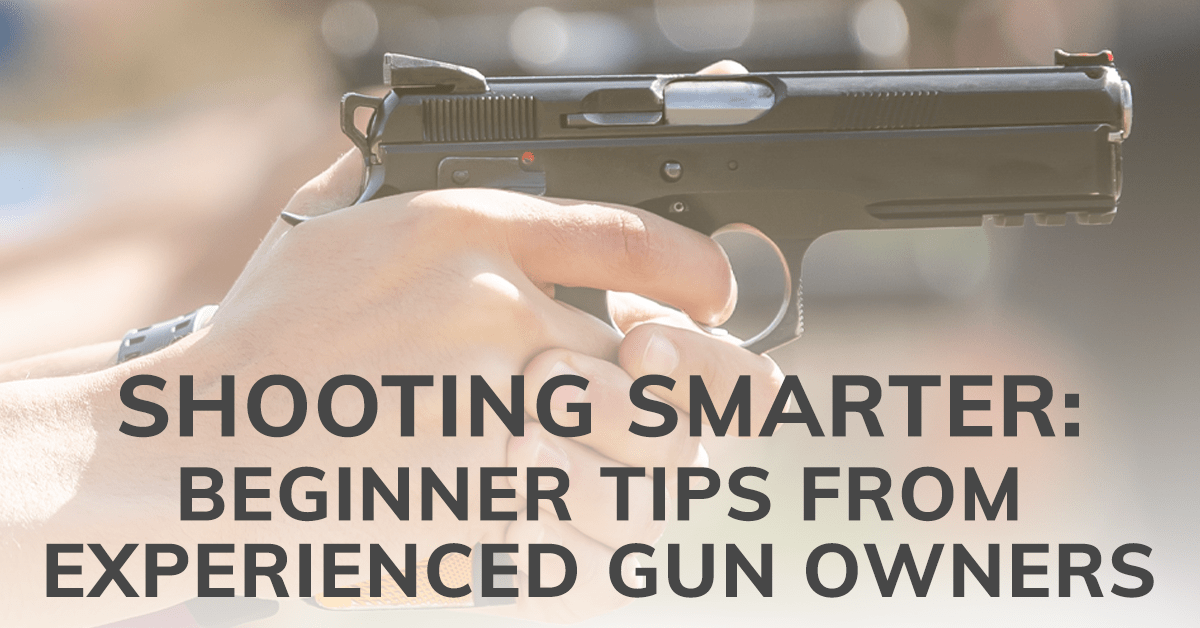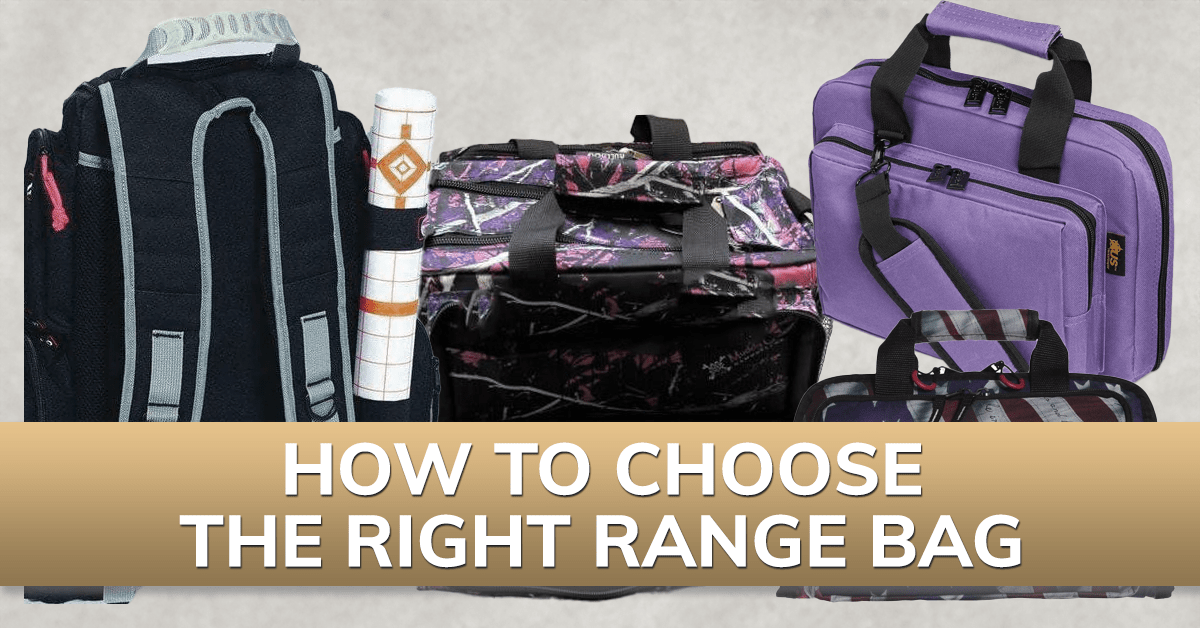Your Cart is Empty
Orders Over $100 Ship FREE (USA)!
Orders Over $100 Ship FREE (USA)!
CONCEALED CARRY
(Apparel with holster pockets or concealed-carry features)
(Apparel with holster pockets or concealed-carry features)
PARTS & GEAR
RANGE STYLE
Gift shopping & not sure about size or style? Give a gift card instead!
Gift shopping & not sure about size or style? Give a gift card instead!
GIFT IDEAS
The entire site is full of products that make great gifts, so browse all of our collections! Still not sure? Give a gift card!
The entire site is full of products that make great gifts, so browse all of our collections! Still not sure? Give a gift card!
EXPLORE
Two winners get a $100 shopping spree - enter here!
Terms You Need To Know Before You Go to the Shooting Range
3 min read
If you've never been to a staffed shooting range, it can seem very intimidating. What processes are in place? What etiquette do you need to follow while you're there to make sure you shoot safely and you're allowed to come back?
Here's a handy list of the most common words and terms used on gun ranges so you can prepare yourself before you head to an indoor or outdoor range.
Basic Range Safety Commands
The most important terms you'll need to know at a shooting range are the commands the range safety officers (RSOs) use to ensure everyone's safety. They may vary a little from range to range, but they will generally be the same.
Cease Fire - this is the term used any time shooting must stop right away. When you hear this, immediately take your finger off the trigger. At many ranges, this also means you need to unload your gun, lock the slide back and place it on the bench with the muzzle pointed downrange.
Range is Cold - after a cease fire, you'll likely hear someone announce "range is cold". This means that no shooting is allowed and you can't touch anything on your bench (especially your firearm). At an outdoor range, this is the time you can walk downrange to put up or take down your targets. Make sure to find out if there are additional procedures for when the range goes cold - it's common to have you step behind a line on the ground and not go past it until the range is called hot again.
Range is Hot - Before you can start shooting or handling your gun again, the RSO needs to announce "Range is Hot". Once you hear that command, you can get back to your bench and start shooting again!
Muzzle - If you hear this word that's also a command, it means that someone is pointing their gun in an unsafe direction. If an RSO says "Muzzle!" to someone, they are telling them to point their firearm downrange immediately.
Range Geography
Directional terms are common at shooting ranges, and you need to make sure you understand them so you don't break any safety rules.
Downrange - this is the direction when you look down the range at the targets and what is considered a safe direction.
Uprange - this direction is what is behind you when you are shooting. If you walked down to your target and looked back up at where you shoot, that's the uprange direction. Always avoid pointing your gun uprange.
Firing Line - This is the row of benches or stalls at a range. Sometimes a range will paint a line at the front of the firing line to signify where you need to stand when shooting. Do not cross this line - it's not just unsafe, it breaks the rules and you could be sent home.
The Parts of a Range
Berms- it's common to confuse berms with backstop, but they are actually 2 different things. You'll find berms outdoors - these are the sides of the range which are also usually dirt. Some ranges allow shooters to fire into berms, and some do not. Check with your range before placing targets at the extreme left or right of your range.
Bays- at an outdoor range, a bay is the shooting area created by two berms and a backstop. Outdoor ranges can have lots of bays and you'll see many of them in use during a competition. At an indoor range, a bay is also known as a "lane". It's the shooting area you're assigned and you'll have walls on either side of you.
Backstop- this is the structure at the end of the range behind your targets. At an outdoor range, it's usually dirt that's been built up to 15-20 feet, at an indoor range it can be some type of bullet trap or sometimes even a rubber mulch material that captures the bullets.
Before heading to any new range (no matter how much experience you have) take a look at their range rules and familiarize yourself with them. Some ranges have their rules posted on their website, with others, you may need to get a copy of the rules when you check in.
Also in Getting Started: At the Range

Shooting Smarter: Beginner Tips from Experienced Gun Owners
3 min read
Discover the invaluable lessons our social followers wished they knew when they began their shooting journey.
Read More
How to Choose a Range Bag
5 min read
Before you buy another range bag, read this guide to help you figure out what size and type of bag will work best for you.
Read More
How to Overcome Shooting Range Anxiety
3 min read
Feeling shooting range anxiety? Here are several things you can do to keep those fears in check so the range can become a place where you feel in control.
Read More